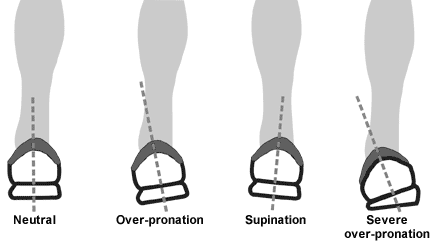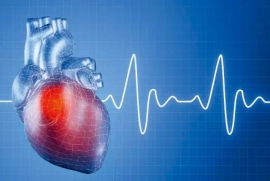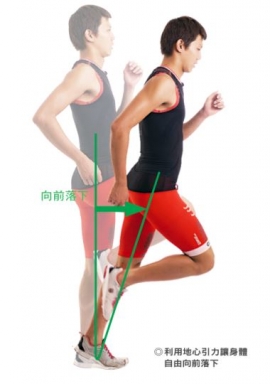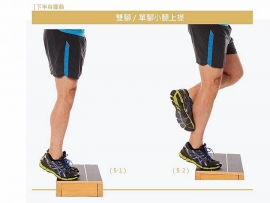若你是属于【SUPINATOR】
If you have been called a supinator, you stay more towards the outside of the foot and have trouble getting your foot down to the ground. Stiff feet aren’t the best shock absorbers and stay more rigid throughout stance.
In fact, we see higher rates of stress fractures in the shins of these runners since they can’t take advance of the leaf spring that is built into their mobile arch.
(从上面的图形知道,Supinator足部在着地时,足外侧的负担较大,而此僵硬的足部不是最佳的减震器,使得身体要直接迎接每一步所带来的冲击。而事实上,这些跑者胫骨发生压力性骨折的机率较高,因为他们不会善用内建在足弓中的钢板弹簧。)
改善的方式:
Grab a LAX ball and roll away on the underside of your foot under full body weight. You aren’t doing this for a massage, but to create some movement for shock dissipation within the foot. Another tip that helps these folks it to focus on lading softer.
(在脚底下放置一颗球,不是要利用这颗球来按摩球底,而是产生一些让足弓可以分散冲击力的动作。另一个建议是,学习足部在着地时可以更柔和一点。)
若你是属于【OVERPRONATORS】
There people literally think they are doomed, but there is nothing to be scared of folks! Sure, runners with increased mobility have been shown to have more incidence of shin splints, Achilles tendinopathy, and stress fractures in the tibia and metatarsals.
(不用过度担心,虽然研究显示,这类灵活度高的跑者会提高以下发生的机会:小腿胫痛(Shin Splints)、阿基里斯腱病变(Achilles tendinopathy)的症状,胫骨(Tibia)与跖骨(Metatarsal)压力性骨折。)
But it’s not because they move too much. This is why the term overpronation is just not accurate. Mobile feet have problem because the muscles controlling the twisting of the rearfoot on the forefoot are behind the ball.
(但因为并不是在于他们活动的太多,这就是为什么"overpronation"单字无法精准的表达意思。灵活的足部会有问题,因为位在前脚掌上肌肉在控制后脚掌扭转的时间点落在前脚掌横弓之后。)
They do activate, but too late to control the twisting of the rearfoot on the forefoot. Muscles inside the foot have to activate and establish a foundation before the bigger muscles can fire. Deja vu? Does this sound like the core example mentioned in the last chapter? Yes. High forces through unstable levers lead to breakdown.
(前脚掌控制后脚掌扭转的时间太晚上,位在足部内的肌肉必须被徵加而且建立一个基础,但要早在更大的肌肉被激发前。)
有看过“核心控制与稳定肌群的重要性”这一篇应该知道“时序(Timing)”是非常重要的,而且在没有稳定能力为前提下,进行对身体有高冲击的运动,发生受伤的状况是可以预期的。
而解决的方式呢?
And it’s not just about the foot. Ever hear the song “The Hip-Bone-Connected-to-the-Leg-Bone"? The body function as an interconnected kinematic chain – all the parts influence motion at other parts. The entire lower body moves inward and outward as the foot pronates and supinates.
The take-home part here is that things like weak hip stabilizers can actually create excessive motion at the foot. And poor foot control can likewise provide an unstable platform for muscles above them.
(这个问题不止跟足部有关,可能跟你的髋关节也有关係。因为身体是一个动力链的关係,每个部位会互相影响其它者。因此,无力的髋关节稳定肌群会导致足部过多的活动,而不佳的足部控制,提供上层肌肉一个不稳定的平台。)
鞋子没辨法改善足部运作的状态,也没辨法改善你肌肉控制的时序,这是你的工作。而你可以藉由“Toe Yoga”与“单脚蹲(Single-Leg Squat)”的测试来了解你那个环节出了问题。




